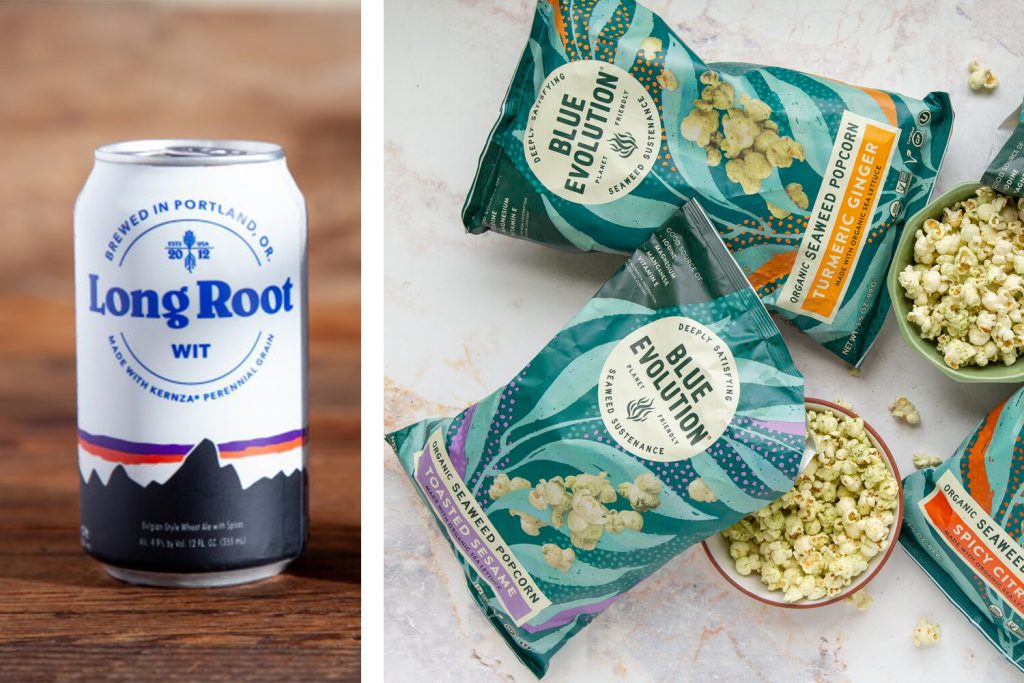A little reminder (or awareness)
Some of you have certainly already heard about the concept of Circular Economy, some of you not. In both case a little reminder will never be a waste of time.
The sad facts:
If you do the math, the existence of humankind represents barely 2% of the total of Earth’s age. Still in this period of time (actually even less), we managed to damage our environment enough to provoke and contemplate our own extinction. Sad but true: to be produce more, faster and cheaper, we adopted a linear production model: take-make-waste.
Consequences? Overproduction, overconsumption, pollution, surexploitation of ressources (human and natural).
We’ve acted pretty much like careless children, not realizing that we live on a spaceship, a big beautiful one but still with limited ressources, and no one to help us from the outside.
Ok, this was for the bad news. Good news is we have a little chance to redeem ourselves.
Make the world go round!
Do you remember your biology classes? How most things in nature tend to create cycles? Well if nature does so and it has been working for so long, there might certainly be a reason, don’t you think?
In another post I will certainly talk about « Biomimicry: Innovation Inspired by Nature » written by Janine M. Benyus, and how some entrepreneurs, designers, cultivators,… get inspired by nature to build more virtuous systems.
It is also from nature observation that emerged the concept of Circular Economy: waste does not exists in nature, we have to adopt the positive mindset to consider it as a resource instead!
« A circular economy is based on the principles of designing out waste and pollution, keeping products and materials in use, and regenerating natural systems. »
Source: Ellen Mac Arthur Foundation
What can Circular Economy be applied for food businesses?
I assisted recently to a conference during the Food Design Festival, « Circular Economy, from waste to food », where the wonderful speakers Marynes Rojas and Julia Varela explained how to implement Circular Economy in the food sector with 5 milestones:
01
Go local!
The choice of proximity providers avoids a lot of contamination to start with, and it gives more visibility on the origins and brings more value.
02
Avoid or reuse waste: long live the upcycling!
I might also one day talk about my experience with The Real Junk Food Project when I was in Brighton, but to make it short this kind of experience where leftovers of supermarkets can be turned into amazing meals for people in need just was a life changing experience to me. You might be already aware of the « Too good to go » app, Marynes and Julia also talked about the « Oddbox » concept (UK), or how M&M’s company started to design retail displays made out of nut shells. These are a few examples of initiatives where waste has been turned into a new opportunity for the company and the consumers.

03
Education and aknowledgment, learn how to respect food.
The more knowledge the more respect. Educational programs are developed, mostly destinated to children, for them to taste, touch, smell, and finally love and appreciate the beauty of biodiversity, and also start to develop the will to preserve and protect it.
04
Go for options with the lower carbon footprint!
And in this case there is no debate: plant based food options are the best choice. And there the imagination of some food industrials has already started to get wild with plant based alternatives to fish or meat. I personally tried Heura products which mimic chicken or beef with a really satisfying result. Big firms such as the swedish giant Ikea are already preparing the future: they attend to reach 50% of food menu in their restaurant plant-based by 2025, and reach 80% of packaged meals plant-based also.
05
Regenerate the ecosystems.
Not only some solutions can damage less, but they can also have a positive impact! The very well-known by sustainable fashion lovers company Patagonia (and if you don’t know please have a look), launched their own beer brand which not only doesn’t damage the environment, but its business model is even conceived to regenerate forests. The brand Blue Evolution designed food products made of algae, whom farming contribute to the ocean ecosystems.

How can you start to apply Circular Economy at home?
01
Make conscious consumer choices.
Your purchasing power is also the power to support products, brands, producers who already adopted good practices.
02
Reduce, reuse, recycle (or collect)
The 3R are a good reminder of little actions you can implement in you daily life.
– Buy what you really need to avoid having to throw things away. When possible avoid packagings.
– Make the best use of what you have. Use as much as you can every part of your ingredients, be creative with the leftovers.
– Collect and sort the waste. If you have the chances to have enough space and a garden, make compost with your organic waste. Make the best use of the sorting bins available in your city: it is important to help the recollection of all material which can be reused or reprocessed. Your waste can become a resource for someone else.
WASTE IS MORE!

It’s everyone responsability!
Companies are taking more and more Circular Economy in their processes. As Marynes Rojas said in the introduction of her intervention during the last Food Design Festival, in the implementation of a virtuous resources circle, the design and strategy phase before even extracting raw material is key to guarantee the respect of Circular Economy principles at every step of the supply chain.
But to close the loop, consumers have to take over to achieve the rest of the circle.



